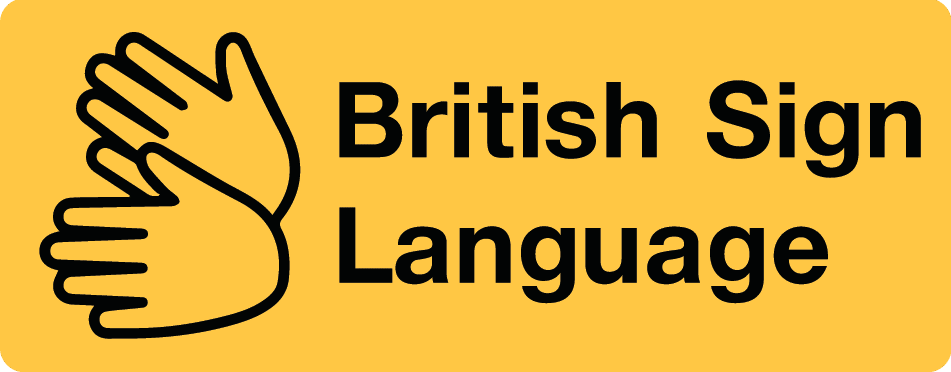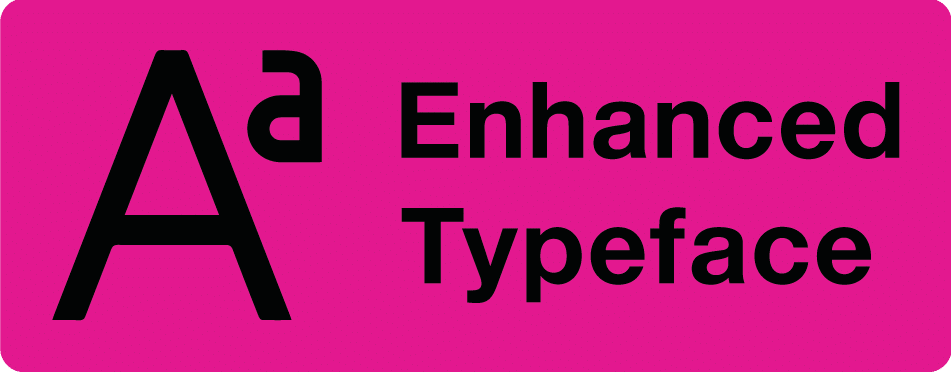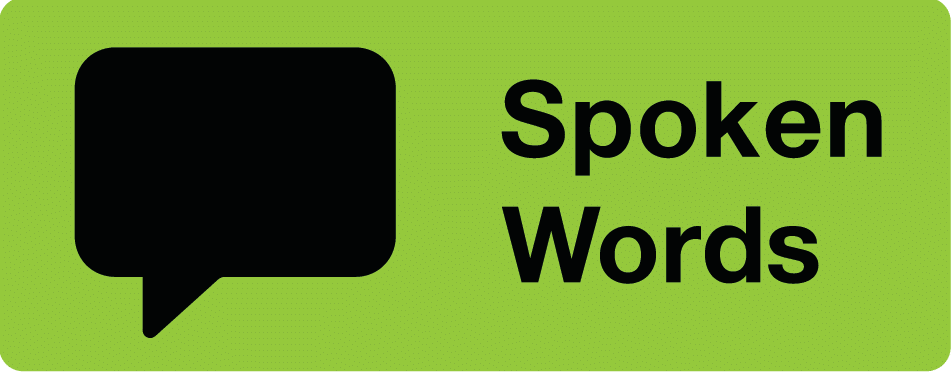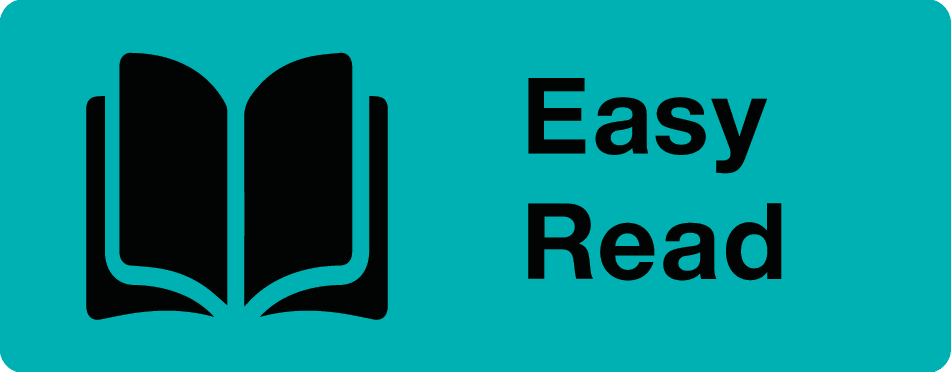Many people who use British Sign Language find reading difficult. English is a different langauge, and hard to learn when you don’t know how words sound.
Some D/deaf people may struggle with reading and writing. Many D/deaf individuals, particularly those who use British Sign Language (BSL), have difficulty with written text because it’s a different language from BSL. They lack exposure to spoken English due to their hearing impairment, making basics like phonetics hard to learn. Unlike those with full hearing, they can’t rely on sound-based methods for reading and writing. Additionally, signed languages have distinct grammar and sentence structures, further complicating translation between sign language and written/spoken languages.
Reading is not always an option
Even for those D/deaf people who have no trouble reading English, if BSL is their first langauge it makes sense to offer information and services in their preferred language. Video translations into sign languages can help your customers to feel included.
Many D/deaf people can read. In fact, many D/deaf individuals are skilled readers. However, there can be some differences in how people approach reading. Some who are born without hearing may find learning to read and write much more difficult as they don’t have the phonics to support them.
Different Path to Reading: Hearing people often learn to read by associating letters and sounds. D/deaf people, especially those deaf since birth, don’t have this natural connection to sounds. They may learn to read by associating written words with images or their equivalent signs in their primary language, like British Sign Language (BSL).
- Challenges and Strengths: This difference can make initial reading acquisition more challenging for D/deaf children. However, D/deaf readers typically develop strong visual processing skills and may become very efficient readers once they overcome the initial hurdle.
- Reading Strategies: D/deaf readers often don’t rely on subvocalisation (an inner voice saying the words silently) while reading. This can make it trickier to learn new vocabulary but allows them to potentially grasp larger chunks of text at once.
- Reading Fluency: Studies suggest that skilled D/deaf readers can be just as comprehending as hearing readers, but their reading speed may differ, especially early on.
If you want to make your communications more inclusive, there are a number of strategies you may wish to consider, such as offering sign language translations, and easy-read versions.
PostDoc empowers organisations to communicate effectively with all of their D/deaf customers. Whether it’s customer information, promotional materials, service notices, or bills and agreements, PostDoc transforms them into inclusive, multilingual formats.Enhance Communication
- Increased Reach and Engagement:Communicate effectively with a wider audience, regardless of ability or language.Bridge gaps and ensure that no citizen is left behind.
- Efficiency and Reduced Workload:Replace traditional paper-based notices with digital, personalized formats.Streamline communication workflows and save valuable staff time.
- Legal Compliance and Reputation:Ensure accessibility compliance and demonstrate commitment to inclusivity.Project an image of an organization that cares about every citizen.

Transform Your Communication Strategy
With PostDoc, redefine the way you engage with your audience. Contact us today to enhance your B2C communications with accessibility, personalization, and inclusivity at the forefront.




